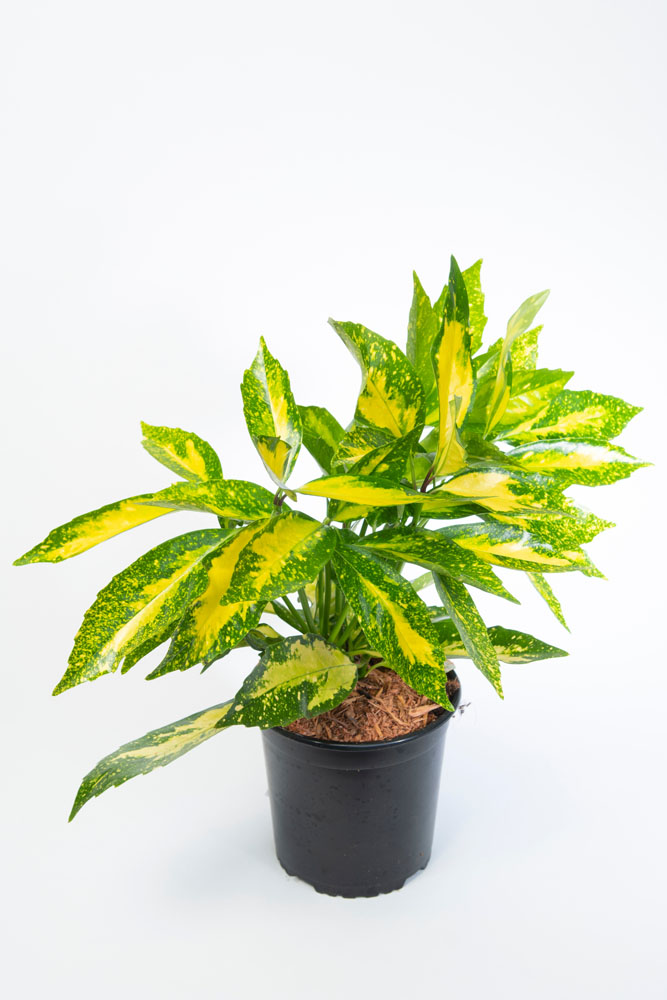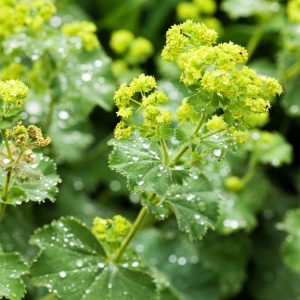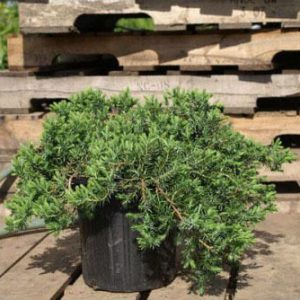Description
Aucuba – Spooted Laurel
There are about 4 species of evergreen shrubs or small trees from a wide variety of habitats from the Himalayas to Eastern Asia, in this genus. Grown for their bold alternate, glossy, leaves that are either have smooth or serrated edges and for their clusters of red, orange, whitish-yellow fruits borne in autumn. Both male and female plants are needed to produce berries. The green or maroon flowers are not very showy but grow from the leaf axils or at the ends of terminal shoots. Valued for their tolerance of deep shade, dry soils, pollution, neglect, and salt winds. Cultivars with speckled or mottled leaves are popular. Aucuba’s are great plants to use as a specimen, for hedges and screens, or to fill a dark corner.
Grow these frost tolerate plants in any soil that’s not waterlogged, in full sun or partial shaded or full shade. The variegated forms will scorch in full sun. Where summers are hot plant in shade. Shelter from winter snow and wind for the basal stems are weak and will snap. Prune in spring.
Prone to wet root rot, Southern Blight, and fungal leaf spots.
Aucuba japonica ‘Picturata’ – Japanese Aucuba – Japanese Laurel – These evergreen shrub from Japan grow 6-10’ feet tall and in breadth. On basal sprouting weak, soft wooded stems it produces elliptic to ovate, thick, glossy, marked yellow in the centers but often reverts back to green leaves, to 8-10” long with few toothed edges. These female plants bear bright red berries to ½” wide in early autumn.
Zones 6-10





